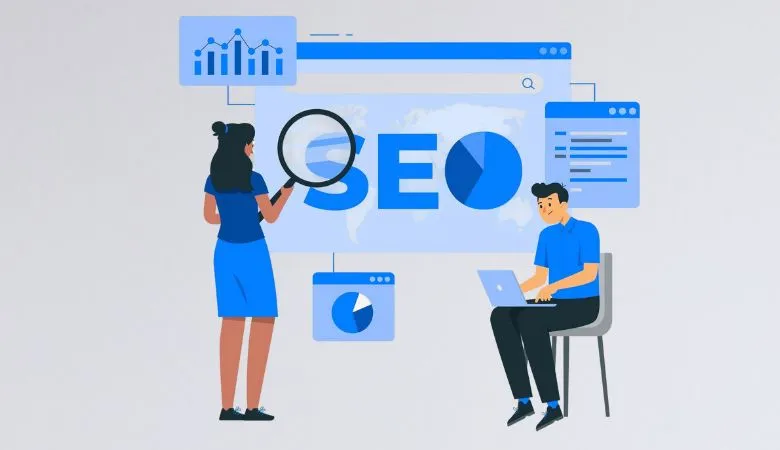Why is Conversion Rate Optimization Important in Marketing Strategy?

If you want to increase your sales volume or your conversions, without a doubt the most advisable thing is to carry out Conversion Rate Optimization or CRO, a technique made up of different strategies.
In addition, carrying out a CRO not only has a positive effect on your conversion rate, but it will also have other benefits in different aspects of your business and in this article, we are going to analyze what they are.
Finally, we will also tell you in which specific places you can implement your Conversation Rate Optimization.
1. Improve business in the long term
All the strategies that are included within Conversion Rate Optimization are characterized by being long-lasting and not punctual. Therefore, they are all strategies focused on making significant changes. Furthermore, the very essence of CRO is periodically analyzing whether it is necessary to make any changes to improve conversion, which also allows the company to adapt to new times and current trends.
With this, it is also important to understand that specific and small changes, such as changing a CTA or changing the colour of the logo, are not considered CRO because although they may cause small changes in the results, they will not increase significantly over time. The conversions.
2. Improve brand image
Within the Conversion Rate Optimization strategies, we find some, such as the generation of valuable content, the creation of responsive designs that adapt to different devices or the improvement of visual resources such as images and photographs.
All of this, inevitably, will also cause the image that clients and potential clients ( leads ) have of the brand to improve as they perceive well-cared-for channels in which it is clear that there is work behind them.
In addition, this also helps the brand’s reputation improve and places it in a better position compared to the competition.
3. Boosts search engine positioning
The creation of valuable content, the use of keywords that are interesting for the business and improving the loading of the website are strategies that are also included within a CRO. All of them will also help you achieve better positions in search engines and give your website and products or services greater visibility on the Internet.
4. Build customer loyalty
Many of the strategies that make up CRO are focused on improving the user experience. Therefore, it is not surprising that after this optimization, the number of customers who decide to continue purchasing from your brand increases little by little.
5. Helps you better understand your target audience
To carry out adequate Conversion Rate Optimization, you don’t have to see what strategies make it up and start implementing all of them. This would be a mistake since this optimization must adapt to your needs as a business.
In that sense, to choose the strategies that your business needs, you must first carry out an analysis of your objectives, shortcomings, errors, and successes and deeply understand the needs of your target audience to know if you are meeting them.
6. Reduce acquisition costs per customer
Another strategy that can be carried out in Conversion Rate Optimization is the analysis of the profitability of each marketing or sales action. During this review, unnecessary actions or actions that are not generating what is expected of them can be detected. Consequently, those that are no longer necessary can be eliminated. Others attempted to be improved to increase their profitability.
All of this leads to the investment being optimized and not continuing to be spent on aspects that no longer generate conversion.
What metrics can be improved through CRO?
In addition to the more generic improvements that we have told you about before and the conversion rate (of course), if we talk about other metrics or KPIs (key performance indicators) that usually improve with CROs, these would be the ones that we would highlight:
The click-through rate (CTR )indicates how often people see your ad, link, button, etc. They click on it.
User engagement: Different metrics are included that indicate how the user interacts with your content. For example, likes, comments or shares are part of user participation.
The dwell time: It is the time that a user is on a web page, that is, the time that passes from entering until leaving.
Customer lifetime value (CLV): The amount of money the average customer generates for the company throughout their relationship with the company.
Average Order Value (AOV) – The average each customer spends when shopping at your store. It is calculated by dividing your total purchase earnings by the number of purchases that have been made in the same period.
The bounce rate: It is measured in percentage. It indicates the number of users who enter your website and leave without having performed an action on it, that is, without having interacted.
Customer Acquisition Cost (CAC) – The average price it costs a business to acquire a new customer.





![Old and Present SEO Practices: Guide for the Latest SEO [2025]](https://www.scrolltrendy.com/wp-content/uploads/2025/01/Latest-SEO.webp)
